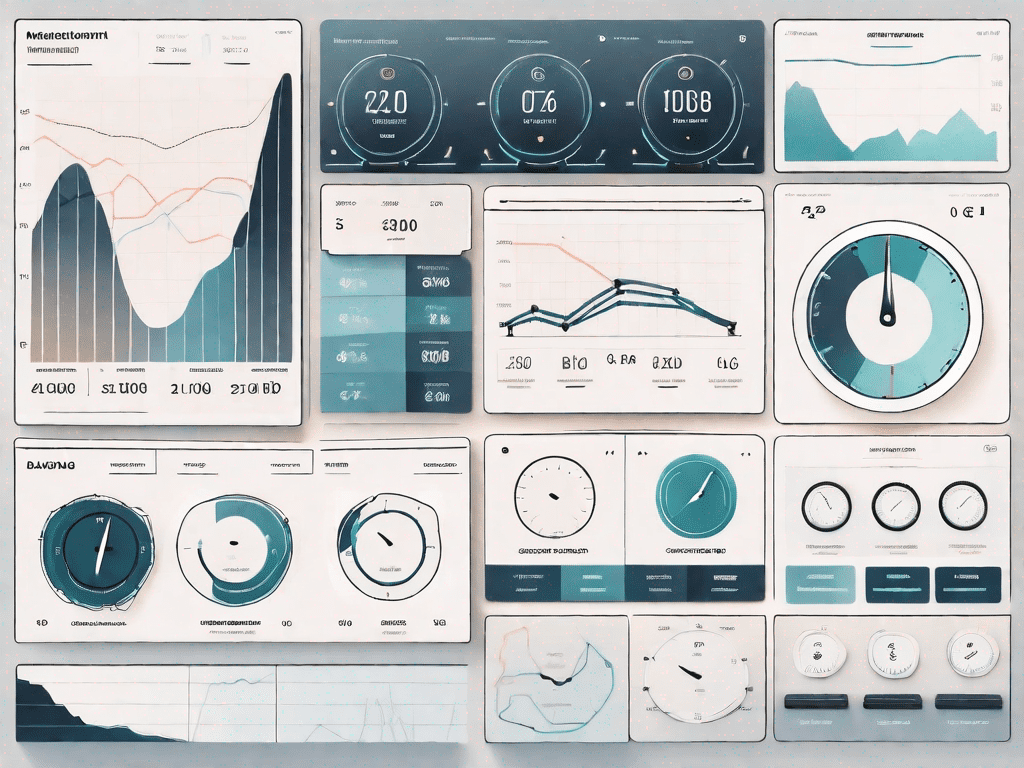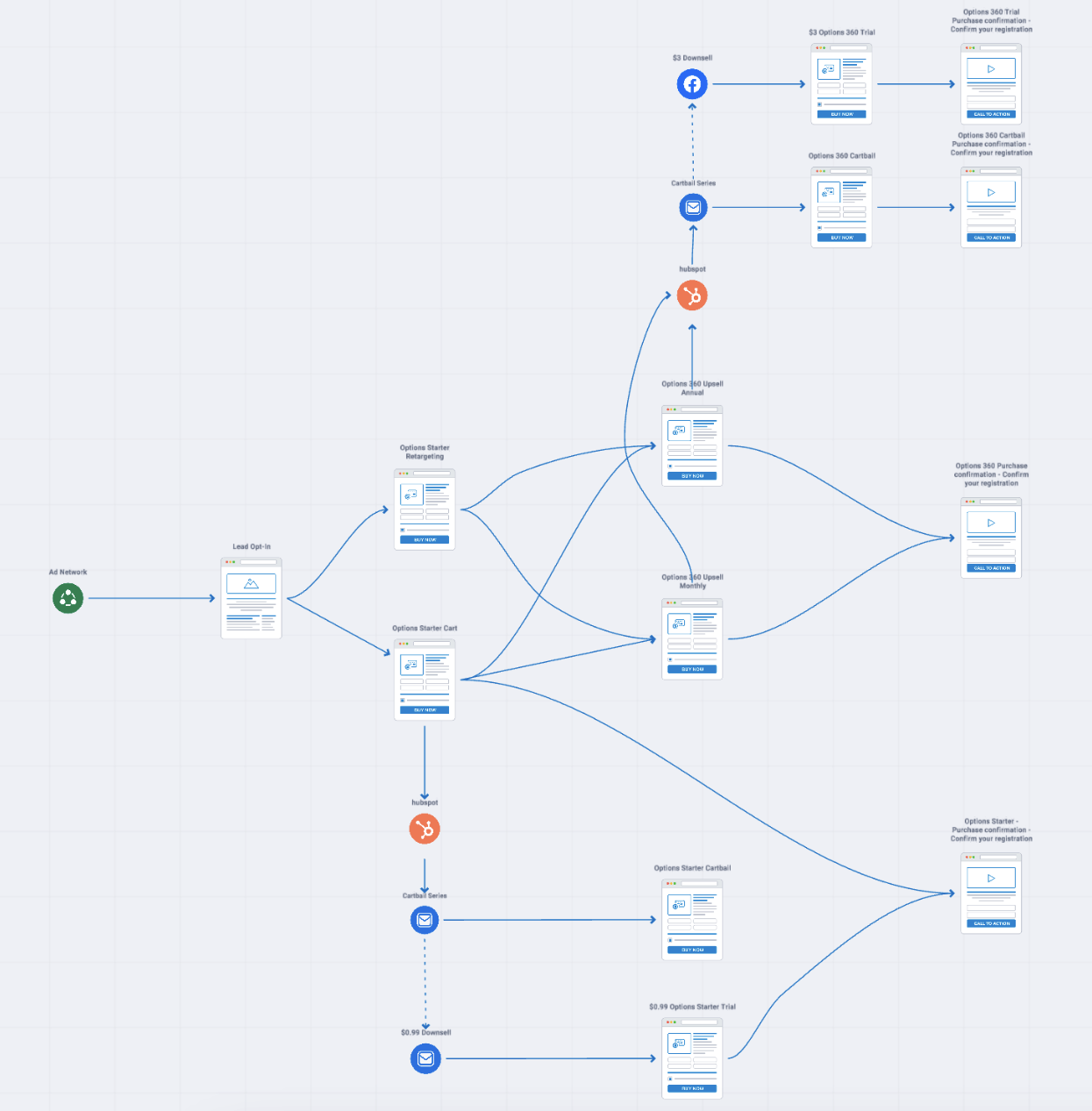In an era dominated by social media, understanding how to tap into the platforms used by your target audience can be key to successfully growing your brand. Two of the most popular platforms businesses leverage for their advertisements are Facebook and Instagram. But which platform best fits your brand? In this article, we will explore the pros and cons of advertising on Facebook and Instagram, compare their audience demographics, and analyze the performance and return on investment (ROI) of ads on both platforms.
Understanding Social Media Advertising
Social media advertising is a significant aspect of modern-day marketing. It entails creating and sharing content on social media platforms to achieve your marketing and branding objectives. Platforms like Facebook and Instagram provide businesses with numerous opportunities to reach their target demographics.
When it comes to social media advertising, understanding its importance in modern marketing is crucial. Advertising your brand on social media can drastically increase your visibility. With millions of users actively engaging on these platforms, your ads have the potential to reach a wider customer base.
One of the key advantages of social media advertising is its ability to precisely target specific audiences. Social media platforms collect vast amounts of user data, allowing marketers to tailor their messages to reach the right people. This level of precision targeting ensures that your ads are seen by individuals who are most likely to be interested in your products or services.
The Importance of Social Media in Modern Marketing
As the digital landscape continues to evolve, social media has become an integral part of modern marketing strategies. It offers businesses an array of benefits that traditional advertising methods cannot match.
Firstly, social media provides a platform for direct interaction with your target audience. It allows you to engage with customers, answer their queries, and build meaningful relationships. This level of engagement fosters brand loyalty and creates a positive image for your business.
Secondly, social media advertising is cost-effective compared to traditional advertising channels. With social media platforms, you can set your budget and target specific demographics, ensuring that your marketing efforts are efficient and yield a higher return on investment.
Furthermore, social media advertising enables businesses to track and measure the success of their campaigns. With built-in analytics tools, you can monitor the performance of your ads, track engagement rates, and make data-driven decisions to optimize your marketing strategies.
Key Differences Between Facebook and Instagram
While Facebook and Instagram may seem similar at first glance, they have distinct differences that marketers should consider when planning their social media advertising strategies.
Facebook, being one of the oldest and most popular social media platforms, boasts a diverse user base. It is often considered more conversational and informational, with users engaging in discussions and sharing content. This makes it an ideal platform for businesses that want to establish a strong online presence and engage with their audience through informative posts and discussions.
On the other hand, Instagram is a visually-oriented platform that focuses on sharing images and videos. It appeals to a younger demographic and is known for its aesthetically pleasing content. If your brand relies heavily on visuals or targets a younger audience, Instagram can be a powerful platform to showcase your products or services.
When deciding between Facebook and Instagram for your social media advertising, it is crucial to align your choice with your brand’s strategy and target audience demographics. Understanding the key differences between these platforms will help you make an informed decision and maximize the effectiveness of your ads.
A Deep Dive into Facebook Ads
Facebook has established itself as a formidable force in the advertising landscape, thanks to its extensive user base that spans across different demographics and geographies. The platform’s sophisticated targeting capabilities make it a compelling choice for businesses of all sizes looking to reach a specific audience.
Overview of Facebook Advertising
Facebook Ads Manager allows advertisers to craft ads that seamlessly integrate into users’ news feeds and the side columns of the platform. The Ads Manager offers a plethora of ad formats, such as banners, videos, and carousel ads, allowing marketers to customize their messaging to resonate with their intended audience. Beyond just ad creation, the platform provides robust analytics that track various performance metrics like click-through rates, impressions, and conversions. This data-driven approach enables advertisers to make informed decisions and optimize their campaigns for better results.
Key Features of Facebook Ads
What sets Facebook ads apart from other advertising channels is the granularity of its targeting options. Advertisers can pinpoint their audience based on a multitude of factors, including but not limited to, geographic location, age, gender, interests, and even specific user behaviors within the platform. One of the standout features is Facebook’s Lookalike Audiences which allows businesses to target new individuals who share similar characteristics with their existing customer base. This not only broadens the reach but also increases the likelihood of conversions.
Pros and Cons of Advertising on Facebook
The primary benefit of advertising on Facebook lies in its unparalleled reach. Boasting billions of active users globally, the platform offers a vast reservoir of potential customers. However, this massive scale also presents challenges, such as the saturation of the advertising space, making it increasingly difficult for individual ads to capture attention. Additionally, Facebook’s user base tends to skew older, which may not align well with brands that are targeting a younger demographic.
Exploring Instagram Ads
Instagram has evolved into a go-to platform for brands that rely heavily on visual storytelling. But what makes Instagram a worthy contender in the advertising arena?
Understanding Instagram Advertising
Instagram advertising involves creating ads that appear in users’ feeds or stories. Brands can generate sponsored posts or interactive stories that engage users in a visually compelling way. Similar to Facebook, Instagram also offers useful targeting options based on demographics, location, and interests, among others.
Unique Aspects of Instagram Ads
Instagram sets itself apart with its high levels of user engagement, particularly among the younger demographic. The platform’s visual-centric nature makes it an excellent medium for showcasing products and establishing a brand’s visual identity. Another noteworthy feature is Instagram’s seamless integration of shopping capabilities within ads, enabling consumers to make purchases without leaving the app, thereby streamlining the customer journey.
Advantages and Disadvantages of Instagram Advertising
Instagram excels in attracting potential customers through its focus on visual content and integrated shopping features. This makes it an ideal platform for lifestyle brands and e-commerce businesses. However, Instagram may not be the best fit for brands targeting an older demographic or for those in the B2B sector, where the platform’s capabilities may not align with business objectives.
Comparing Audience Demographics
Before making a decision on which platform to invest in, it’s crucial to understand the demographic makeup of both Facebook and Instagram.
User Base of Facebook vs Instagram
While Facebook remains the largest social media platform in terms of user numbers, Instagram has seen significant growth, especially among younger users. Brands must consider these demographic trends when deciding which platform aligns best with their target audience.
Age and Gender Distribution on Both Platforms
Facebook offers a more balanced distribution of age and gender demographics, making it a versatile choice for a wide range of brands. In contrast, Instagram is more popular among younger users and has a slightly higher female user base. Therefore, the platform you choose should reflect the demographic characteristics of your target audience.
Analyzing Ad Performance and ROI
Now, let’s move onto analyzing the performance and return on investment (ROI) of ads on both platforms.
Cost of Advertising on Facebook vs Instagram
The cost of advertising can vary significantly between the two platforms, influenced by factors like targeting settings and competition for ad space. Generally speaking, Instagram tends to have a higher cost-per-click compared to Facebook, which could impact your overall advertising budget.
Engagement Rates: Facebook vs Instagram
Instagram typically boasts higher engagement rates than Facebook, which could lead to increased interactions and potentially higher conversions. However, the effectiveness of this engagement will largely depend on how well your business aligns with the platform’s user base and capabilities.
Conversion Rates and ROI Comparison
The ultimate measure of ad performance is the conversion rate and the return on investment (ROI). These metrics are influenced by a variety of factors, including the quality of the ad, the precision of targeting, and how well the ad message resonates with the audience. While Instagram may offer higher engagement, Facebook could provide a better ROI for certain industries, depending on these variables.
Choosing between Facebook and Instagram for advertising should be a strategic decision based on your business goals, the demographics of your target audience, and the type of content you wish to promote. Both platforms have their unique strengths and limitations, but when used effectively, they can complement each other to create a well-rounded social media advertising strategy.
Ready to take your advertising to the next level? Don’t miss out on the opportunity to book a FREE consultation with our expert ad team at Strikepoint. Whether you’re interested in Facebook or Instagram ads, we’re here to help you make the most of your advertising efforts. Book your free consultation now.



